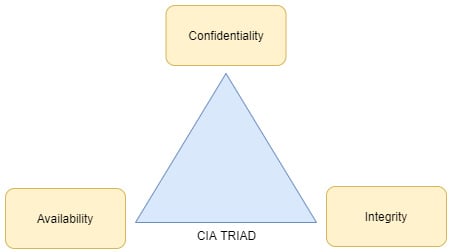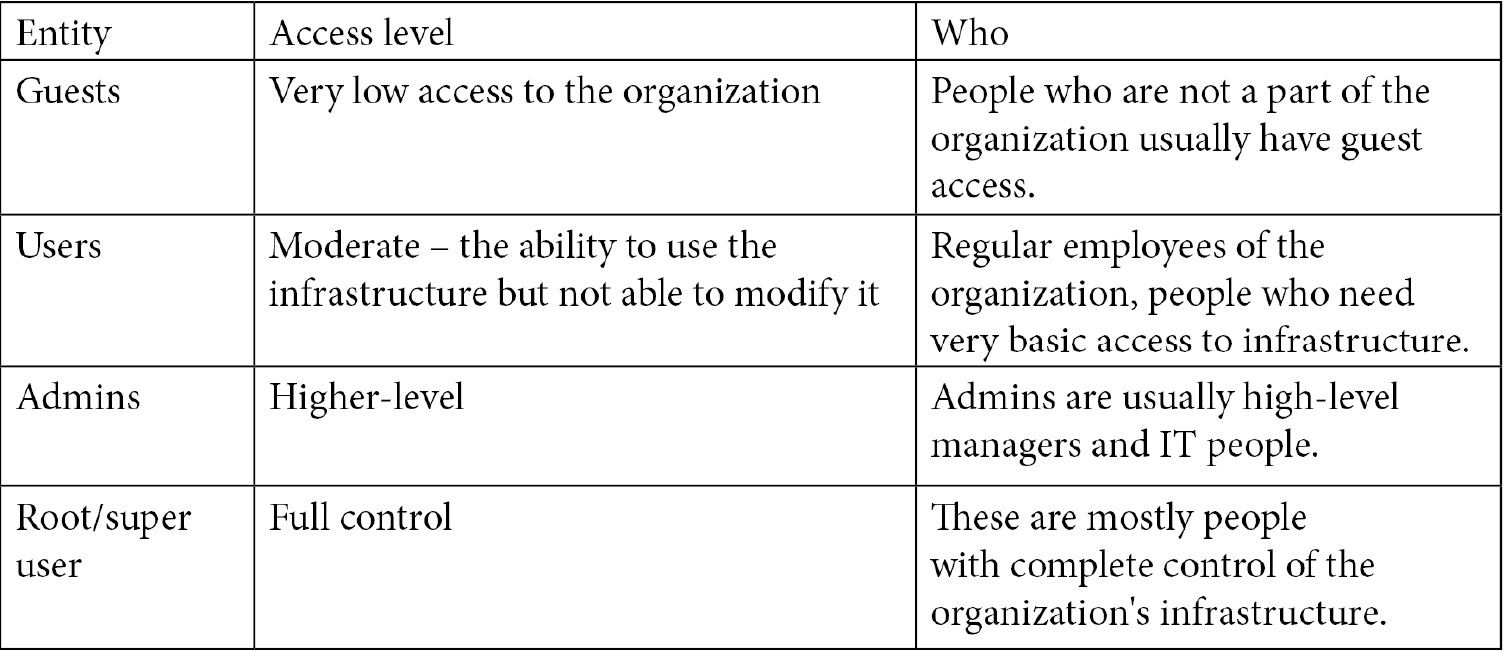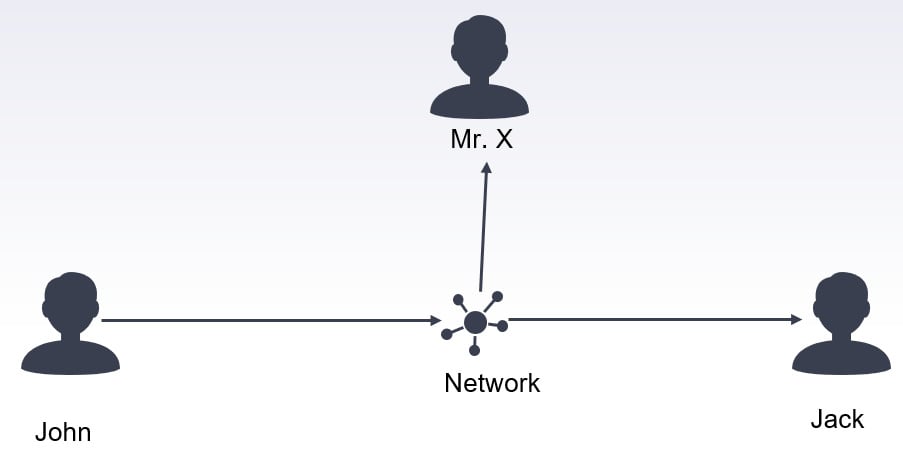What is hacking?
In this section, we will learn what hacking is and the relevant terminologies used in the industry. Knowledge of these items is essential to understanding the world of penetration testing, so it is a good idea to go through them at this point. The word hacking refers to the process of getting unauthorized access to a system. The system could be either a personal computer or a network in an organization. You will often see the words hacking and penetration testing being used interchangeably in this book. Hacking is a more commonly understood umbrella term used for a lot of things. The focus of this book will be more on penetration testing, commonly referred to as ethical hacking, in which you have permission to attack the target. Penetration testing, or pen-testing for short, is an authorized simulated attack on a target. This is usually done to find the potential weaknesses and vulnerabilities in a system so that they are exposed before they can be exploited by malicious actors.
Most recognized companies have some kind of penetration testing programs in place to find weaknesses in their ecosystem. Authorized individuals and cybersecurity companies are paid to carry out attacks on their assets to detect potential weak points. These attackers often make a complete report of weaknesses and vulnerabilities, which helps these companies to patch them out. The following is a list of different nomenclature used in the industry:
- Hacker: Someone who is acting to get unauthorized access to a system/network.
- Target: An entity that is being attacked for malicious or testing purposes.
- Asset: Any hardware, software, or data that is owned by an organization that could potentially come under attack.
- Pen-test: The process of trying to infiltrate the system in order to test out its strengths and weaknesses.
- Vulnerability: A weakness in a system that can potentially be used to take control of the target's machine.
- Exploit: A program, code, or script that could take advantage of a system's vulnerability.
- Malware: A program intended for malicious purposes.
- Remote shell: A program that gives you control of the victim's machine remotely.
These listed terms will be used in the following chapters. It is necessary to get familiar with these terms as we go into more details. One term you will often see when reading literature regarding penetration testing is the CIA triad (which stands for confidentiality, integrity, and availability):

Figure 1.1 – CIA triad
Most aspects of the hacking process involve breaching one or more of these aspects. Let's explore these terms in detail.
Confidentiality
Confidentiality refers to an organization's attempt to keep its data private. This means that nobody should have access to the data without authorization, even inside the organization. Organizations often have access control that dictates which level of access each user has to their data. The access levels are usually divided into these categories:

Confidentiality is violated when people get access to infrastructure that they are not supposed to, for example, an ex-employee of a company logging in to the system using their previous credentials or guests getting a higher access level than necessary in the network. To ensure confidentiality, it is imperative that strict controls are in place to avoid violating confidentiality criteria. Confidentiality is also violated if someone has access to company data but doesn't cause any damage. Take a look at the following example:

Figure 1.2 – Violation of confidentiality
Let's say that John sends a message to Jack on a network. This message is only intended for Jack and no one else. The network is shared with various users. An unknown person, Mr. X, is also present in the network and he is listening to all the traffic on the network (also called sniffing). The principle of confidentiality indicates that only Jack should be able to decode this message. If Mr. X intercepts this package, reads it, and then just forwards it to Jack without modifying anything on the message, the confidentiality principle is said to be violated even though both John and Jack don't know that their traffic is intercepted. Network sniffing/monitoring violates the confidentiality principle.
Integrity
The integrity principle ensures that data has not been tampered with in any form and is reliable. Data integrity should be ensured in both static and transaction modes. Static integrity means that all files in the system remain intact and any unauthorized modification should be detected immediately. It also requires that data integrity should be maintained when transferred over a medium. Different techniques are used to ensure data integrity. One of the most common examples is the use of a checksum. A checksum is a string of characters that are calculated for a file to ensure it's not been modified. You will often see checksums associated with files downloaded from the internet. Once a file is downloaded, you can calculate the checksum and compare it with the checksum present on the website; if both of them are equal, it means that data integrity was maintained during downloading. If even one bit has been changed during downloading, the whole checksum string would change. It is often used to prevent file spoofing/masking attacks where hackers intercept your download requests and instead of downloading your requested files, download malicious malware on your PC. You should always compare the checksums of files to ensure that the files you download are in fact the same as those present on the server.
In order to better understand the principle of integrity, let's take a look at the following example:

Figure 1.3 – Violation of the integrity principle
Let's say John sends a message to Jack that they should meet at 4 P.M. Mr. X is again intercepting the network traffic in a way that all the traffic between these two goes through Mr. X. Mr. X reads the message from John, changes the time from 4 P.M. to 6 P.M., and sends the message to Jack. Jack receives the message and thinks that John wants to meet at 6 P.M. instead of 4 P.M. Jack has no way of knowing the actual message. In this scenario, the principles of integrity and confidentiality are both violated. Mr. X was able to read and change the data.
Availability
The last principle of availability requires that the data is available to authorized users when requested. Denial of Service (DoS) attacks violate this principle. In DoS attacks, the attackers try to overwhelm the system with a burst of requests so as to make the servers/systems unavailable for legitimate users. This is one of the most common attacks on websites. Attackers bombard the website servers with requests, eventually taking them down. A wait period of a few seconds is now usually put in place for requests to be processed to discourage DoS attacks. Availability simply means that networks, systems, and servers are online when the user needs them. Disruption of even a few minutes can cause havoc for the organization. Let's take the same example to understand this better:

Figure 1.4 – Violating availability by DoS
Let's say again that John sends a message to Jack on the same network that Mr. X is intercepting. John sends a message to Jack to meet at 4 P.M. However, Mr. X intercepts this message and instead of forwarding it does nothing. John thinks that the message has been sent. However, Jack will never receive this message. In this case, the principle of availability is violated, because the message is not available to Jack. Another variation of violation of the availability principle is delaying messages. Let's say John sends an emergency message to Jack regarding some tasks that must be completed within a certain time frame. Mr. X delays the message so that the message is received by Jack after the passage of this time frame. Even though the correct message is received by John, the delay effectively renders the message useless. This is also a serious violation of the availability principle.
To keep systems secure and reliable, the CIA triad is very important. The goal of every cybersecurity expert is to maintain the system according to the CIA characteristics. Any violation of these principles leads to a breach in the cybersecurity of the system. Next, let's see what it takes to become a successful hacker.

























































